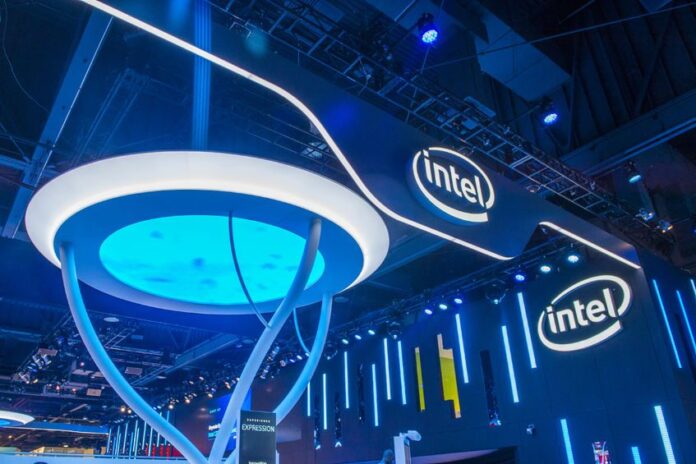Amdocs’ Jeff Barak looks at the real-world link between Intel’s planned acquisition of Mobileye and Levi’s fashionable new connected jacket.
Editor’s Note: In an attempt to broaden our interaction with our readers we have created this Reader Forum for those with something meaningful to say to the wireless industry. We want to keep this as open as possible, but we maintain some editorial control to keep it free of commercials or attacks. Please send along submissions for this section to our editors at: skinney@rcrwireless.com.
It’s obviously far too early to tell whether Intel’s $15.3 billion proposed acquisition of Mobileye – the maker of advanced driver assistance systems – will prove a smart maneuver, but at least Intel’s accelerated move into autonomous driving has a clear route forward.
Which is more than can be said for Levi’s announcement that its new connected jacket, ”The Commuter”, powered by technology from Google’s Advanced Technology and Products group, will be on sale this fall. As the owner of an LG smartwatch and the driver of a car with a Mobileye warning system, I feel particularly well placed to comment on these two connected (but unconnected) developments.
While I have hours of fun changing my digital watch faces to suit my mood or checking my pulse, the honest truth is that a smartwatch does not provide a solution to any pressing problem that needs resolving. Plus it’s another damn thing to charge on a daily basis. Which is why the U.S. wearables market is doing much worse than expected, according to a number of reports.
The Levi connected jacket seems to be another example of solving a nonexistent problem. The jacket has a cuff with touch-enabled fabric along with a Bluetooth connection to the wearer’s phone. By using swipe or double tap a wearer can find out the time, reject or accept a call, even pause a track, or, in other words, conduct the same functions that people are perfectly happy doing on their phones. So even though I like denim jackets, not sure I’ll be rushing to spend $350 on this one no matter how smart (pun intended) it is.
The Intel-Mobileye deal though, is seeking to drive added value and is more than just a fashionable move. While the Mobileye system in my car serves as a safety system, warning me when I’m getting too close to the car in front of me or moving lane without indicating, Intel is not looking to become a road safety provider. Rather, as Intel Chief Executive Brian Krzanich has made clear, it’s all about the data.
In an email to employees Krzanich noted: “Many of you have asked why we think autonomous cars and vehicles are so important to Intel’s future. The answer is Data. Our strategy is to make Intel the driving force of the data revolution across every technology and every industry. We are a Data company. The businesses we focus on and deliver solutions to, create, use and analyze massive amounts of data.”
In fact, self-driving car data could bring in $450 billion to $750 billion globally by 2030, according to a McKinsey & Company report quoted by Reuters, with such wide-reaching applications as shopping inside cars, vehicles as entertainment centers or better city planning based on data.
Which, in the case of self-driving cars, makes the saying that data is the new oil of the digital economy particularly apt and one on which Intel is drilling deep into its bank account for.

